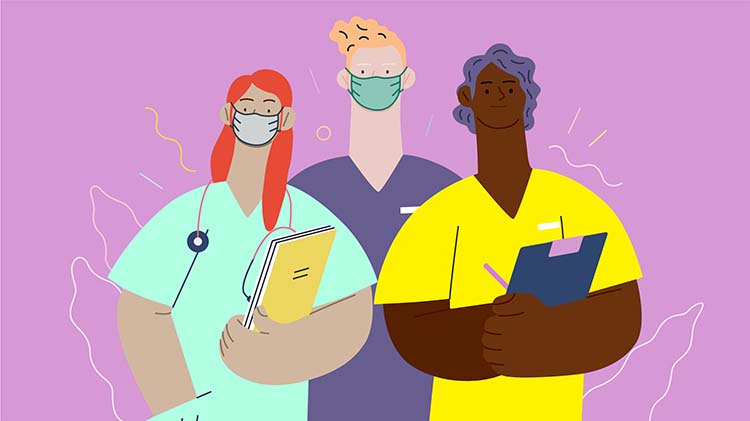Shut Up and Listen
22 Mar 2016

Two separate articles some years ago reported that, on average, the gap in a consultation between asking, “And what has brought you to see me today?” and the doctor interrupting with the first question was:
- 18 seconds in general practice
- 11 seconds in Emergency Departments.
However, another study has shown that if you sit on your hands (figuratively) and don’t interrupt at all, the patient will conclude their “opening” usually in less than a minute, and occasionally 90 seconds. And, if you “shut up and listen”, the consultation will actually take less time than if you keep interrupting.
When I introduced the (then) Bayer Institute for Healthcare Communication’s workshops to Australia and New Zealand in 1992, getting doctors to attend those workshops was like getting patients to go to VD clinics. (If you go, you’re telling everyone that you’ve got a problem.)
Now, communication skills are an essential component of training for all disciplines, and especially for general practice. I recently facilitated about 200 communication workshops over four years in the UK and Ireland. How quickly they were fully booked was very notable! General Practitioners, at least in some parts of the world, are responding to the communication message.
So how do you convert communication theory into practice?
Introduce yourself and “engage”
As you take the patient from the waiting room to the consulting room, introduce yourself (if the patient is new), and “connect” as two human beings before it becomes “doctor” and “patient”.
The opening
Use an opening question that is intended to elicit the patient’s expectations, not just their symptoms. If you ask, “What’s the problem?” you might get the reply, “I’ve got a sore throat”. If you ask, “How can I help you today?” the reply could be, “I’ve got a sore throat and I’ve come to get some antibiotics.”
Now you might not think antibiotics are indicated, but knowing the patient’s expectation, you can address it even if you don’t plan to meet it – “Your throat looks very sore, but it looks like a virus infection and antibiotics would not fix it. What I suggest is…”
The golden minute
Let the patient know you’re listening. Turn away from the computer and make eye contact at least 50% of the time. (Less than 50% is interpreted as disinterest; more than 50% and you’re staring.) Encourage them to keep going by using non-verbal cues such as head nods, perhaps augmented by a soft grunt.
If the patient is giving a lot of information and you’re worried you won’t remember what they’ve said, it’s okay to turn towards your computer and say, “I’ll just make note of what you’re telling me, but please go on”.
Nudging
If the patient seems reticent to say more, or seems to have run dry, resist the temptation to start asking closed questions. Instead, ask an open question such as, “Can you tell me more about that?”
The empathic paraphrase
When you think the patient has completed what they wanted to tell you, summarising what you’ve heard is a powerful way of indicating that you really have been listening. You could say:
Now let me see if I’ve got this right... You vomited two days ago and it had some black blood in it. Yesterday you passed a very black motion. Today you’ve vomited twice and each time there was bright red blood in it. Is that correct?
That’s good, but it would be much better to make it an empathic paraphrase by adding the associated emotion:
Let me see if I’ve got this right. Two days ago you were concerned when you vomited and saw some black blood in it. Yesterday you were even more concerned when you passed a very black motion. Today you were alarmed when you vomited and noticed bright red blood in the vomit. Is that correct?
Extra time required? Yes, a couple of seconds, but the patient will know you’ve got the complete message.
Dr Paul Nisselle AM
General Practitioner (VIC)
MDA National Mutual Board Director
Professional boundaries in healthcare - Part 1
Boundaries with patients present in numerous ways every day and all health practitioners
11 Aug 2025
Understanding Professional Medical Indemnity Insurance
Do you understand the ins and outs of professional medical indemnity insurance?
11 Aug 2025
Professional boundaries in healthcare - Part 2
Boundaries with patients present in numerous ways every day and all health practitioners
11 Aug 2025
Understanding changes to the Fair Work Act
What are the changes to the Fair Work Act and what is my role?
22 Jul 2025






